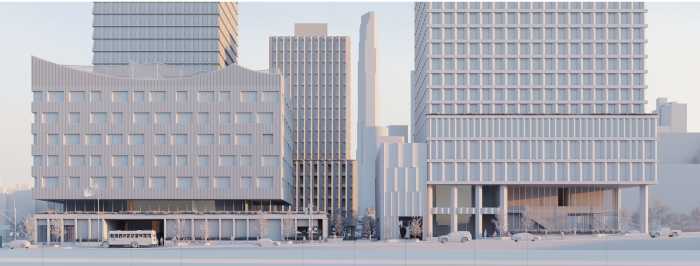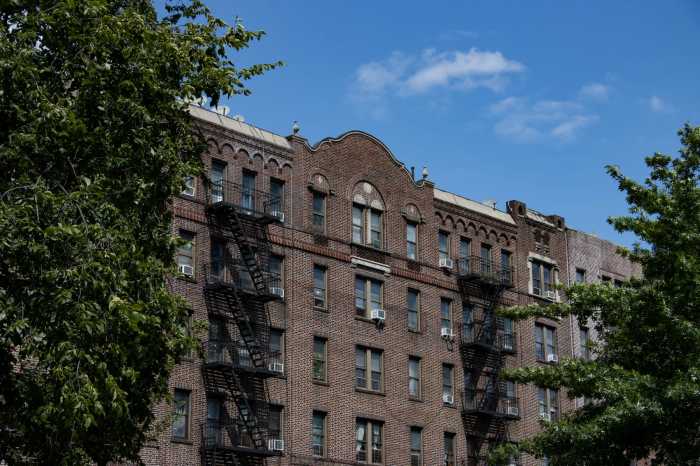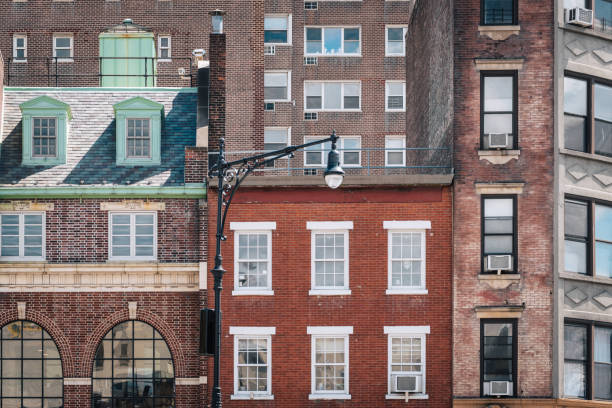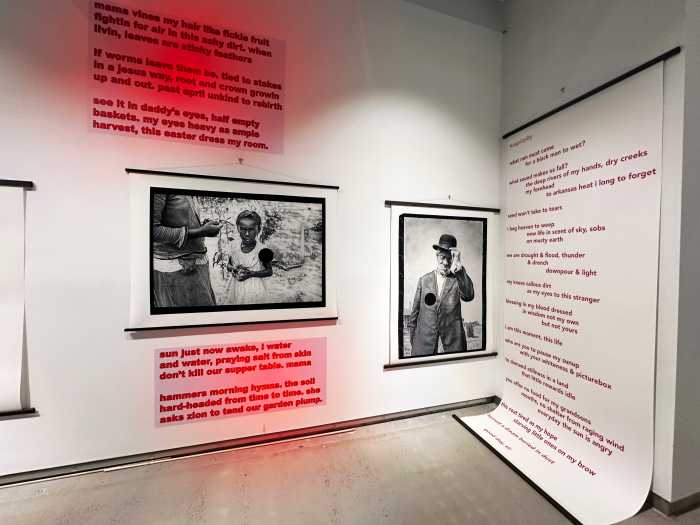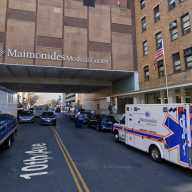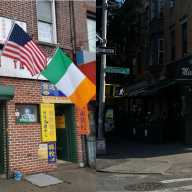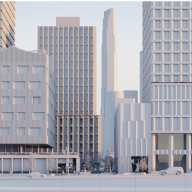The City Council this week took up the issue of Mayor Bloomberg’s plan to tear down seven old houses on Duffield Street in Downtown to make room for an underground parking lot and a one-acre park.
That the houses are historic is not disputed. Several of them date back to the colonial era. What is in contention is whether the houses are directly linked to the Underground Railroad, the storied fugitive slave network that spirited escaping Africans from their Southern masters to freedom in the north and Canada.
There is substantial evidence that the houses were, indeed, part of that network. Two owners — Joy Chatel and Lewis Greenstein — have shown reporters and historians sub-basement tunnels that connect the houses and secret passageways in which slaves could hide while the houses were being searched. And a prominent Abolitionist family — the Truesdells — did own one of the houses on the block.
To determine the truth about the Undergorund Railroad link, the city hired a Manhattan consulting firm called AKRF. Even if we put aside for a moment the question of AKRF’s independence — after all, the city wants to tear down the Duffield Street houses, and if the city is paying AKRF for a report, the report will likely say whatever the city wants it to say — the consultants’ report is a stunningly flawed document.
At a Council hearing this week, the company had to admit that it never even hired an archeologist to examine the underground tunnels, and that the company relied heavily on official maps of the area, maps that might have been made by the very people from whom the secret of the Underground Railroad was actually being kept.
Further, several councilmembers pointed out that eight of the 12 outside Underground Railroad experts hired to review the AKRF study said they disagreed with all or part of it.
That’s not a study. That’s an embarrassment.
Clearly, the city needs to do better before allowing our shared history to be paved over.
In our never-ending rush to make a buck, New York has knocked down, paved over and torn apart virtually all of its pre-colonial and Revolutionary history. When tourists come to the city, they see our soaring monuments to modern money-making, but precious little of the historic relics that could explain why this city was so vital to its earliest European settlers in the first place.
It would be a tragedy if this is allowed to happen on Duffield Street, whose houses remain a powerful reminder of how slavery touched — and built — New York City. As such, at least one of the houses should be saved and turned into a museum to the horror of human bondage in these United States.
Such an institution would not just serve the African-American community, but all New Yorkers, including those in the white community who grew up in the North, where schools fed the prevailing myth that the only role white Northerners played in the slave trade was to bring about its end.
In fact, the opposite is true; our modern, wealthy nation — North and South — was built on the backs of African slaves.
A museum on Duffield Street would celebrate history. Destroying the houses desecrates it.


